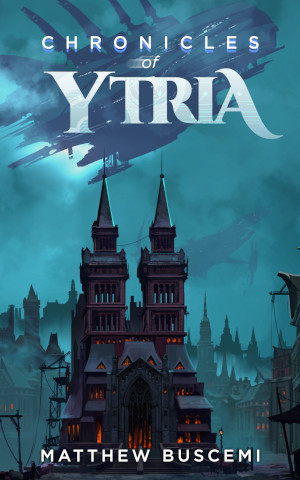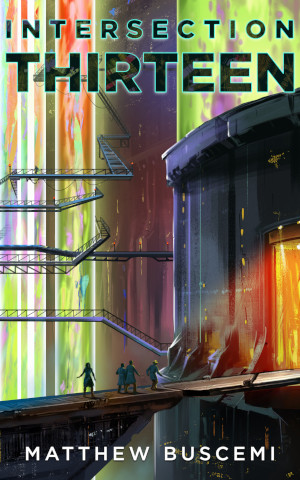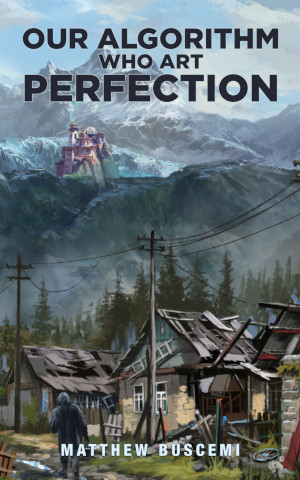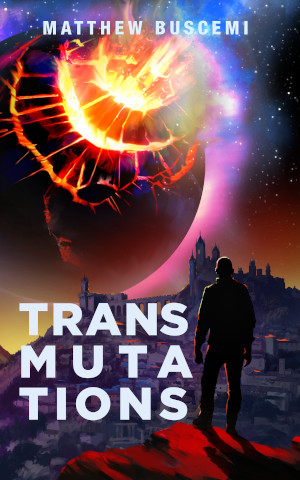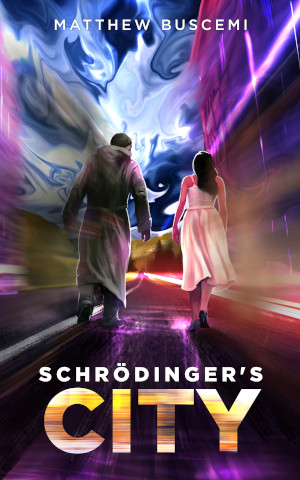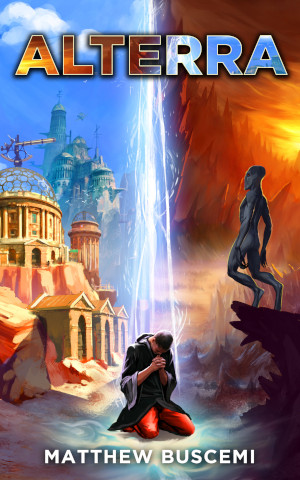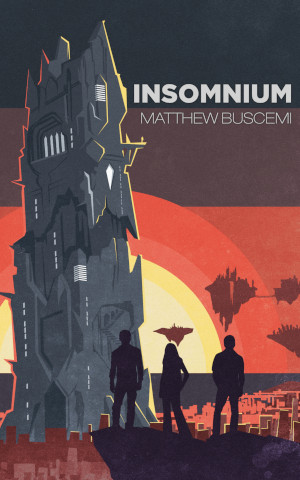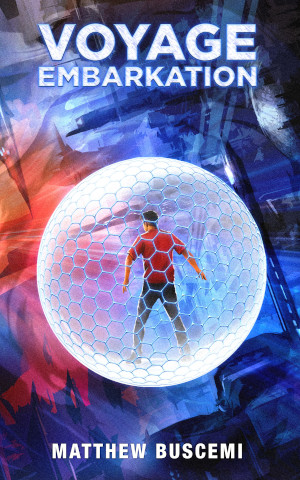How to Resist Violence
Monday, March 29, 2021 at 6:00am
Readers should be advised that this is a critique, not a review, and so it may contain plot spoilers.
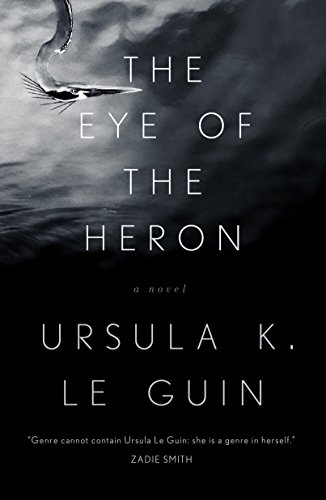
Now that I have read the better part of Ursula K. Le Guin’s published work, distinct phases have appeared in her writing. At the very start, in the late 1960’s, she is very clearly trying fit the genre. This comes through strongly in her first three novels. Throughout the 1970’s, he work becomes much more deeply intellectual, and she pushes boundaries of gender and genre, while still retaining most of the surface conventions that readers and publishers of the time would have expected. Her 1980’s and 1990’s novels, on the other hand, are much experimental in form and much more forthright in pushing a moral/ethical agenda.
The Eye of the Heron, first published in 1978, lies at the transition point between the two phases. Formally, the novel treads a route that will be familiar to most readers. However, in terms of moral/ethical agenda, the novel is clearly a vehicle for exploring the concept of non-violent resistance to authoritarian oppression.
The novel has two protagonists, Lev and Luz. Each are citizens of an off-world colony on a planet called Victoria, far away from Earth. Victoria was formed from two waves of immigrants. The first to arrive were prisoners, forcibly evicted from Earth. The second group came willingly, explicitly seeking a place where they could practice non-violence unharried by any government. The two have never fully integrated, and the former prisoners, arriving first, have established the government, the levers of which they use to exploit the more recent arrivals.
Early attempts by the second group of colonists to negotiate with the first are rebuffed, and each subsequent step that the colonial government takes to ratchet up its exploitation serves as as a platform for the characters to explain to the reader how the principles of non-violent resistance work.
This element of the novel, to my mind, simultaneously works and does not work. A lesser author would have simply invented a situation in which the non-violent resistors could emerge victorious without experiencing even the slightest upset to their ideology. The violence forced upon the newer colonists by their government indeed tests their adherence to their avowed principles, and they do not emerge fully victorious. In fact, they achieve very little and at a tremendous cost. In this, Le Guin has fully depicted the messy reality of non-violent resistance, and, particularly, keeping a large group of scared people from abandoning an ideology in order to save their lives.
What, to my mind, does not work, is the structure of the rest of the novel around the core of non-violent resistance to the oppressive government. The novel begins with an expedition to scout colonizable lands, its members returning home. It ends with a group of the non-violent resistors leaving to found a new colony. One, which, presumably, will live in a non-violent way and never be oppressed by the authoritarian government, such as the one in the lands they recently vacated.
To my mind, Le Guin has only temporarily solved her characters’ problems. Exact distances are never given, but suppose that the new colony is some 250 kilometers from the original settlement. It might take ten or fifteen generations, but eventually, these two colonies will perhaps have become countries, and once again, their borders will be adjacent to one another and they will need rules for international trade, they will need to defend their borders from one another, and the conflict will begin again at an even grander scale than before.
If anything, The Eye of the Heron doesn’t end up so much singing the praises of non-violent resistance as showing how all non-violent resistors can ever really do is escape their oppressors (presuming they even have a somewhere to escape to), leaving their oppressors with all their power intact and the ability to expand the scope of their influence, abilities, which, being who they are, the oppressors will promptly exploit. This, to my mind, is not a good way of operating in the world, for it fully cedes authority and strength to the craven, the petty, and the intellectually weak.
This brings me to another element of the novel I did not appreciate, which is the ideological glorification of physically weak men, and the depiction of physically strong men as anti-intellectual misogynist bigots. This comes through most sharply in the depictions of Luz’s father and the man he wants her to marry, both of whom are womanizing barbarians, versus Lev, the ideological leader of the non-violent resistance, and who has such a physically diminished exterior that Luz makes a point of remarking upon it. This reader did not appreciate that particular jab, and I would argue that such details, combined with certain comments by some of the novel’s female side characters about the supposed emotional and intellectual limitations of men, border on misandry.
All that said, Le Guin has a track record of depicting both individuals and societies vividly, and The Eye of the Heron is no exception. Additionally, the flora and fauna of the world the characters inhabit are strange and surreal, creating a truly alien atmosphere. It is rare amongst science fiction novels for an alien planet to feel strange and wondrous. Le Guin does not fall for the genre’s clichés, but rather creates an evocative experience for the reader. The silence, stillness, and vast emptiness of Victoria contrast sharply with the furor, chaos, and cruelty of the social class conflict in the center of the novel. It is a stark reminder of where humans beings should look for utopia, and I found this particular aspect of the novel both well envisioned and well executed.
The Eye of the Heron may walk the reader through the principles of a flawed ideology based on flawed assumptions about human nature, but it is quite honest about that ideology’s limitations, and it accurately depicts human nature, at least with regards to social class. I find its flaws easily forgiven, overshadowed by an image of young man holding an alien creature, a rare case of an animal on Victoria submitting the touch of a human being, for on Le Guin’s planet, the wildlife would rather curl up and die than submit to imprisonment at human hands. Even if Le Guin’s humans are no example for us to look up to, at least her aliens are.
